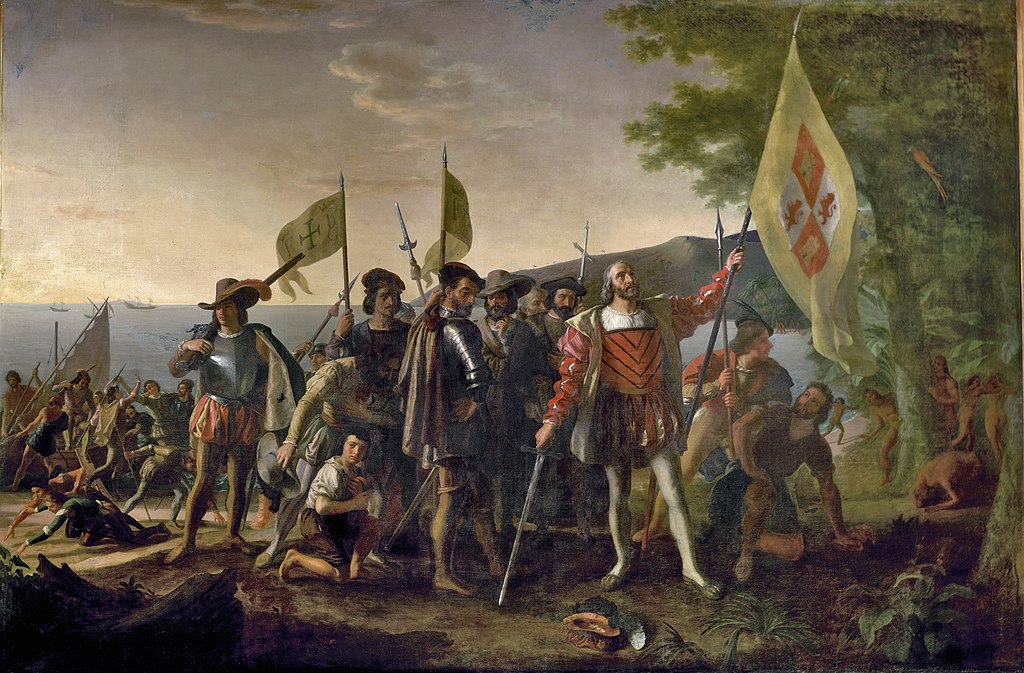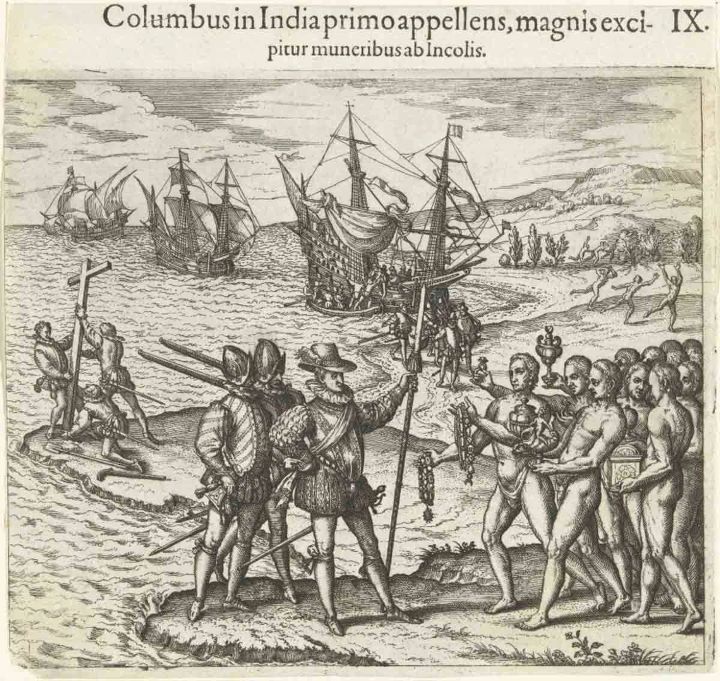Authors:
Historic Era: Era 1: Three Worlds Meet (Beginnings to 1620)
Historic Theme:
Subject:
August 1976 | Volume 27, Issue 5


Authors:
Historic Era: Era 1: Three Worlds Meet (Beginnings to 1620)
Historic Theme:
Subject:
August 1976 | Volume 27, Issue 5

America was an experience man could only have once. Knowledge of China, knowledge of Africa, festooned as it was with the Spanish moss of myth and legend, had penetrated Europe from the days of Imperial Rome and beyond. When discovered, the animals of Australasia were stranger by far than America’s, and the aborigines and the bushmen of Tasmania were more primitive, even more uniformly naked than the Caribs whose appearance was so startling to Columbus. By then the strangeness of the Americas had destroyed the sense of novelty. There could only be one New World.
When confronted by novelty, men try to domesticate what is strange and alien; they attempt to fit the exotic into their cherished intellectual schemes and to absorb it into their interpretation of the world and its past. They retain, as it were, a husk of strangeness in which to take delight, or to weave fantasies, or worse still to construct rationalizations of their own evil intentions. The discovery of America had all of these effects and more, for no event in the history of Western man provided so profound a shock to the imagination or to the mind. And yet one might argue that the most important results of this discovery were far more mundane—maize, tobacco, gold, fur—the never-ending abundance of the land that led to the rape of a continent which became a golden pasture for human locusts.
Columbus, amazed, unsure, reluctant to accept that he was not in the Indies, found it easier to fit the Caribs into the legend of the Golden Age. As Peter Martyr, the friend of Columbus, wrote in the early 1500’s, they “seem to live in that golden world of which old writers speak so much, wherein men lived simply and innocently without enforcement of laws, without quarrelling, judges and libels, content only to satisfy nature.” This was the beginning of that ever-lengthening legend of the innocence of America which shifts from island to the mainland, from Caribs to noble Indian chiefs. It took many centuries to die; indeed, it is hardly dead yet, for nowadays the innocence has been transferred to the wilderness, to the desert, to the primitive land still unscarred in the West.
See a list of other articles on Columbus in American Heritage.
The theory that the naked Caribs lived in innocent bliss was soon dispelled. The Spaniards learned with horror that the Caribs hung up the hams of men and women to cure in the sun like sides of bacon. They relished the taste of human flesh; for them it was a gourmet’s revenge